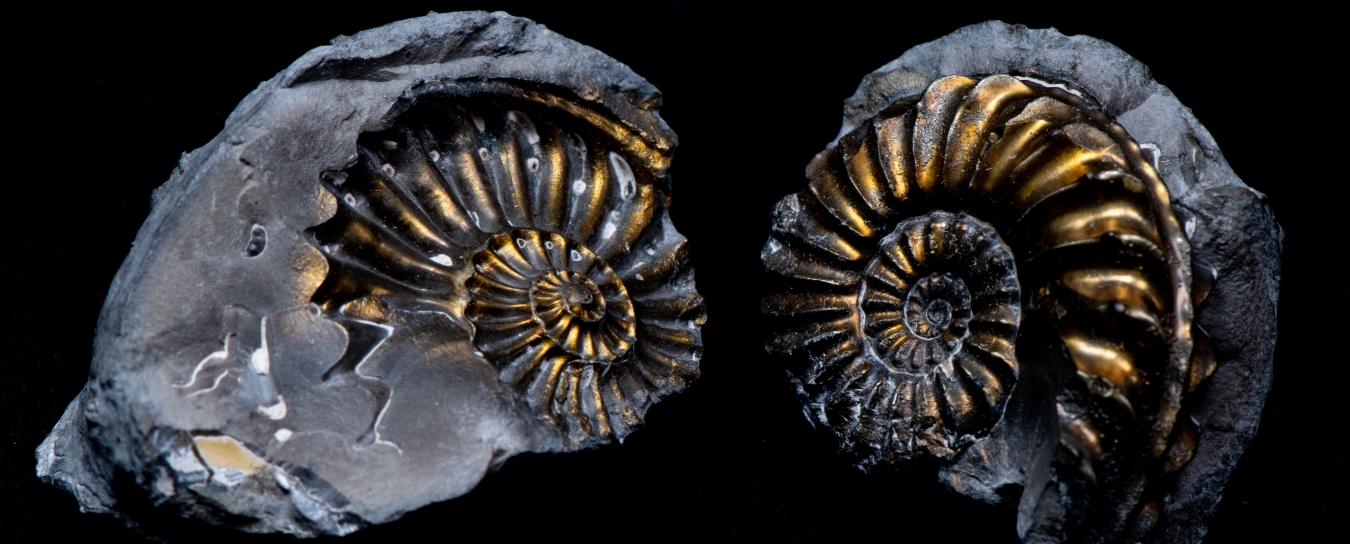
Rocks & Fossils
Check out our rock and fossil FAQ for smart collecting tips, information about some local rock formations, and advice about fossil eggs and meteorites.
- Anthropology
- Rocks & Fossils
- Invertebrates
- Vertebrates
- Botany
- Astronomy
- Fungi
- General
- Recently Asked
Fossil Collector
Dear Curators,
My friend has a fossil collection. He sometimes adds stuff to it from local beaches. Is this legal?
Curator Response
Hi John,
The precise rules for fossil collecting vary a little among different public lands, depending on the agency that manages the land (e.g., state beaches vs. national parks). Vertebrate fossils are protected on all public lands (i.e., federal, state, county, and local) and require a permit for collecting. Also, anything human-related is protected: don’t disturb any archaeological artifacts, and call law enforcement if you find human remains (even archaeologists have to verify with the police that their subjects aren’t related to an open case). California state law also protects plant and invertebrate fossils on state, county, and local lands (e.g., local and county beaches), although you can request permission to collect from the agency that manages the lands.
Federal lands provide a little more leeway. While fossil collecting of any kind is illegal on lands managed by the National Park Service and U.S. Fish and Wildlife Service, “casual collecting” of commonly found invertebrate and plant fossils is permissible on federal lands managed by the Bureau of Land Management, Bureau of Reclamation, and U.S. Forestry Service. Casual collecting refers to a reasonable amount of fossils that are collected for non-commercial use (i.e., you aren’t collecting to sell) in a way that does not significantly disturb the Earth’s surface (i.e., don’t use power tools or exceed 1 square yard of digging).
One of the reasons for these legal protections is the fact that specimens lose scientific value when removed from their context. When paleontologists are out in the field collecting fossils, we record a lot of information about what’s around the specimens. This goes beyond GPS coordinates and into the geological details of the surrounding rocks and soil, plus all the information about the position of the fossil which might suggest how the animal died and became fossilized (this is called taphonomy). When you remove a fossil, it’s like taking a body out of a crime scene. This is particularly important for vertebrate fossils since they are rarer than invertebrate and plant fossils.
Another great reason for leaving fossils where you find them is to preserve those cool things for future visitors to enjoy. When scientists collect specimens, they go into collections that are accessible to other researchers, or into museums where the public can learn from them. Too often, privately collected fossils end up forgotten in a shoebox in someone’s closet. Additionally, some commercial collectors have exploited the previously lax laws for profit.
For local beaches, it would be best for your friend to take a photo rather than taking the specimen out of its context. And if he takes a photo, throw in a scale bar for size reference. Then he can share that photo with us, along with GPS coordinates from his smartphone. If he brings that photo into our Nature Exchange program in the Curiosity Lab, he can earn points that will allow him to acquire other cool specimens. If the specimen looks scientifically important, the SBMNH can apply for a collecting permit so that fossil will be collected—with all of the useful contextual information—and made available to researchers and the public.
Jonathan Hoffman, Dibblee Collection Manager of Earth Science


